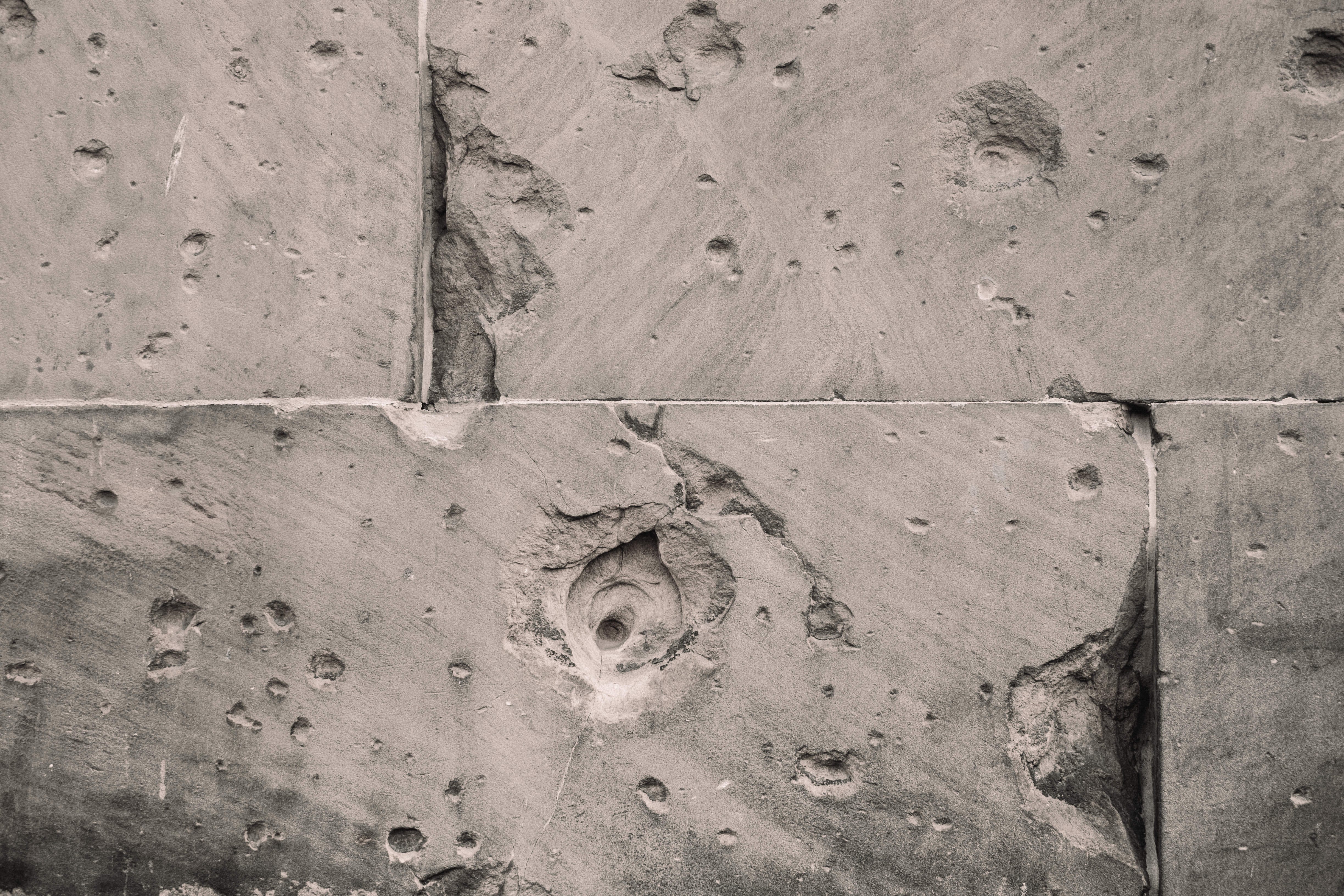
Masonry and concrete is among the most durable types of building materials. But even these strong surfaces can encounter problems that need to be repaired over time. It’s important to know what type of issues are common so you can spot the tell-tale signs and call in one of the top masonry contractors Oahu to do the repairs in a timely manner.
Cracks in the foundation
Foundation cracks are usually repaired by injection of a polymer sealant, which is flattened against both sides of the crack. The seal is not decorative, however. A suitable product for this purpose has good adhesion to both clean damp surfaces and hardens into a flexible rubberlike membrane that will not rot or deteriorate over time. The crack is then painted over with a filler that matches the color of the concrete or brickwork.
It’s important to call in a professional concrete contractor as soon as you spot a problem with your foundation. Leaving it untreated can lead to further damage and more costly repairs.
Cracks in the brickwork
Brick cracks tend to occur at uneven seams between bricks and expanded joints within the bricklaying pattern. Expanded joints are where mortar has been laid down, but was not fully compacted by tamping or vibrating.
Uneven seams can often be reassembled to their original position and squeezed tightly together using a brick clamping tool, but all cracked bricks should be removed and replaced before the body of mortar is reset and tamped again so as to produce a good bond between bricks and mortar.
Fading mortar joints
If you have a built-up walkway or patio, the body of mortar can wear down so that it’s nearly flush with the surface of the brick. This is called spalling and usually occurs over time due to weathering and freeze/thaw cycling from winter months. Spalling makes the brick vulnerable to eventual failure as water penetrates into its voids. Spalling also makes the area unsightly and potentially dangerous for pedestrians if it occurs over an entire walkway.
Curling or bowing bricks on a wall surface
The opposite problem to spalling is bulging, which sometimes happens with brick walls due to expansion pressure from moisture. This can be caused by direct contact of bricks adjacent to a window or door with rainwater. Backflow from gutters can also raise the level of an impermeable surface, which pushes bricks upwards in the form of small blister-like protrusions. Bricks are usually considered to be non-structural building elements and bulging is not a serious structural condition. Yet curling may cause problems with mortar if it pulls away from the wall, and can cause some serious damage in a garage or storage building where roof rafters may sit directly on the brick surface.
Sagging brick walls
When bricks are laid in a traditional English bond pattern, there is a course of stretchers (bricks laid horizontally) between every coursing of bonded brick (bricks laid vertically). The vertical brick courses are “tied in” to the horizontal courses by use of a wedge-shaped piece called a “brick noggin”. A sagging wall will often begin with bowing out or bulging at this knot. As time passes, mortar may wear away and the bond between bricks and mortar becomes weaker. If the wall is bowed out further, it may cause problems with creating a watertight base under the floor of a raised front porch or similar areas prone to rainwater runoff.
Curing sagging brick walls can be tricky because it’s not practical to hold them in place by driving wood framing beneath them for support until repairs are done. If the house is a low-rise, however, there may be enough room for steel angle brackets to be driven into the ground and attached to the foundation wall with jumper anchors. A contractor can fashion a metal bracket or strap with bolt holes that will span between these anchors and hold the brickwork in place while repairs are carried out. Otherwise, a masonry contractor could simply remove the brick noggin and possibly one or two courses of bricks from the wall surface by excavating them from within the cavity between support brackets.
Spalling Concrete
Spalling concrete due to water damage, frost heave, or poor installation of adhesive under slabs and walkways
As mentioned above, spalling is a condition in which loose or flaky bits of concrete are caused by freeze/thaw cycles, frost heave, or water damage to the surface of the concrete. It can even be due to poor installation of adhesive underneath an asphalt driveway or patio where it becomes exposed to water and de-bonds over time. This damage causes the top layers of concrete to fall away.
Unless spalling is extensive on a large area, it’s not usually a structural concern. But visually, spalling looks unsightly, especially when there are exposed aggregate or metal reinforcing bars in the concrete that show through the surface.
Asphalt driveways and walkways can be easily patched by resurfacing with new asphalt. Slabs on grade require more extensive repair depending on the location of the damage. If the concrete is not cracked or spalling, it may be possible to resurface with a fresh layer of concrete. On other occasions, it might be necessary to remove and replace sections of concrete that are structurally unsound.
Concrete spalling problems should be addressed as soon as they appear so the damage doesn’t worsen over time. Even small cracks in the foundation of a building can allow moisture to seep in through permeable soils, creating an environment that will encourage freeze/thaw cycles. As for sagging brick walls, regular maintenance is essential so problems with deteriorating mortar do not become structural in nature.